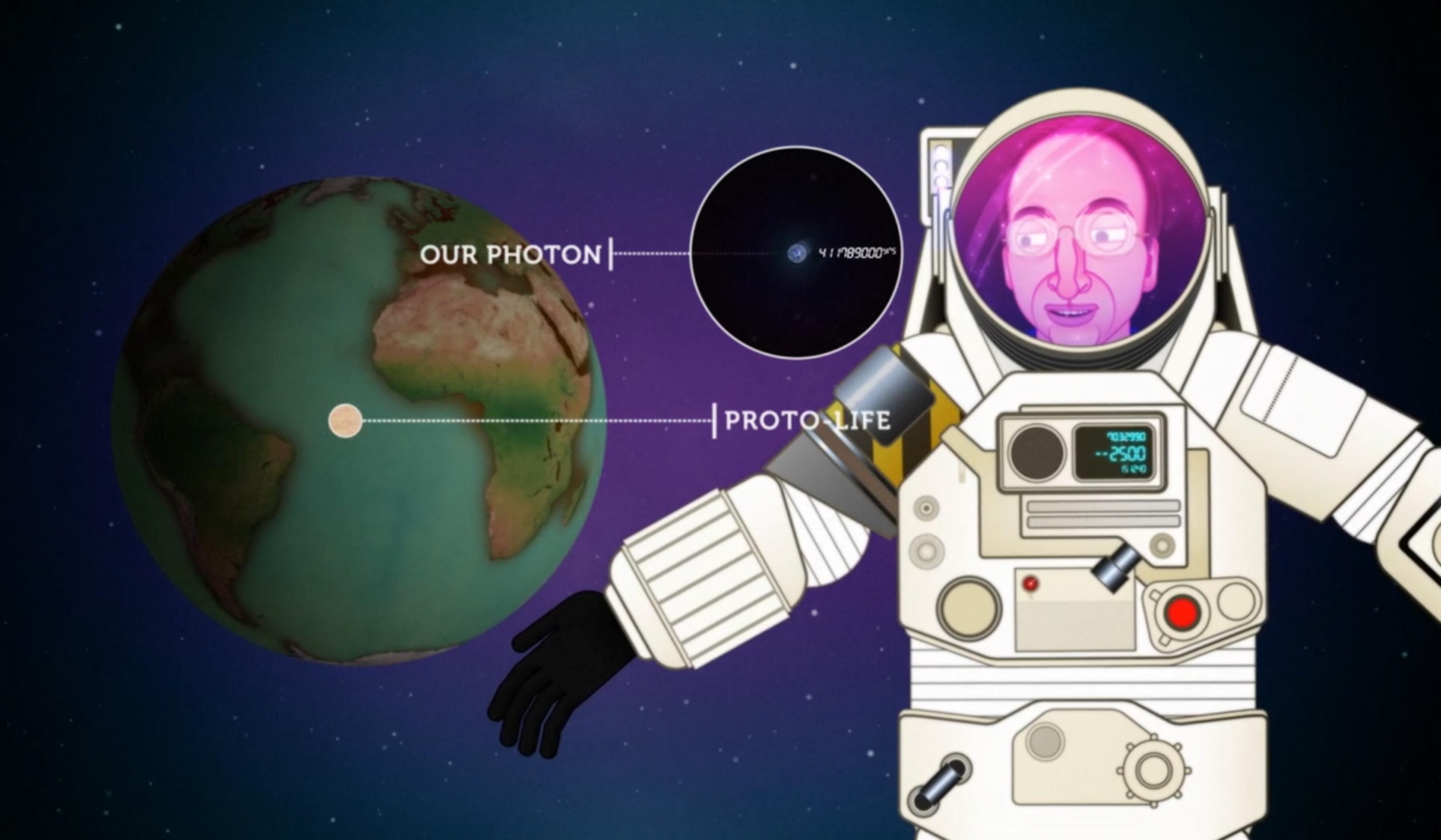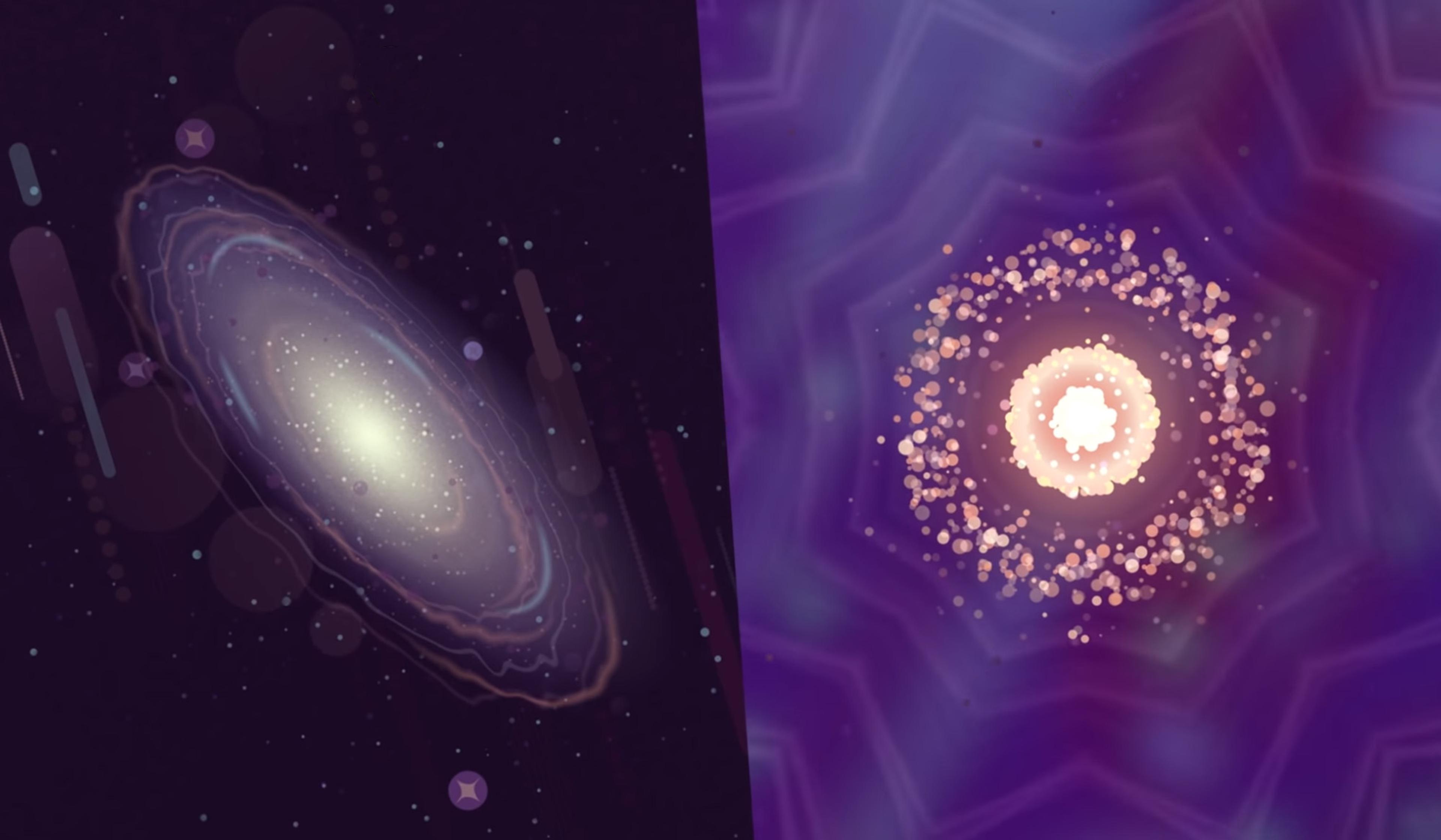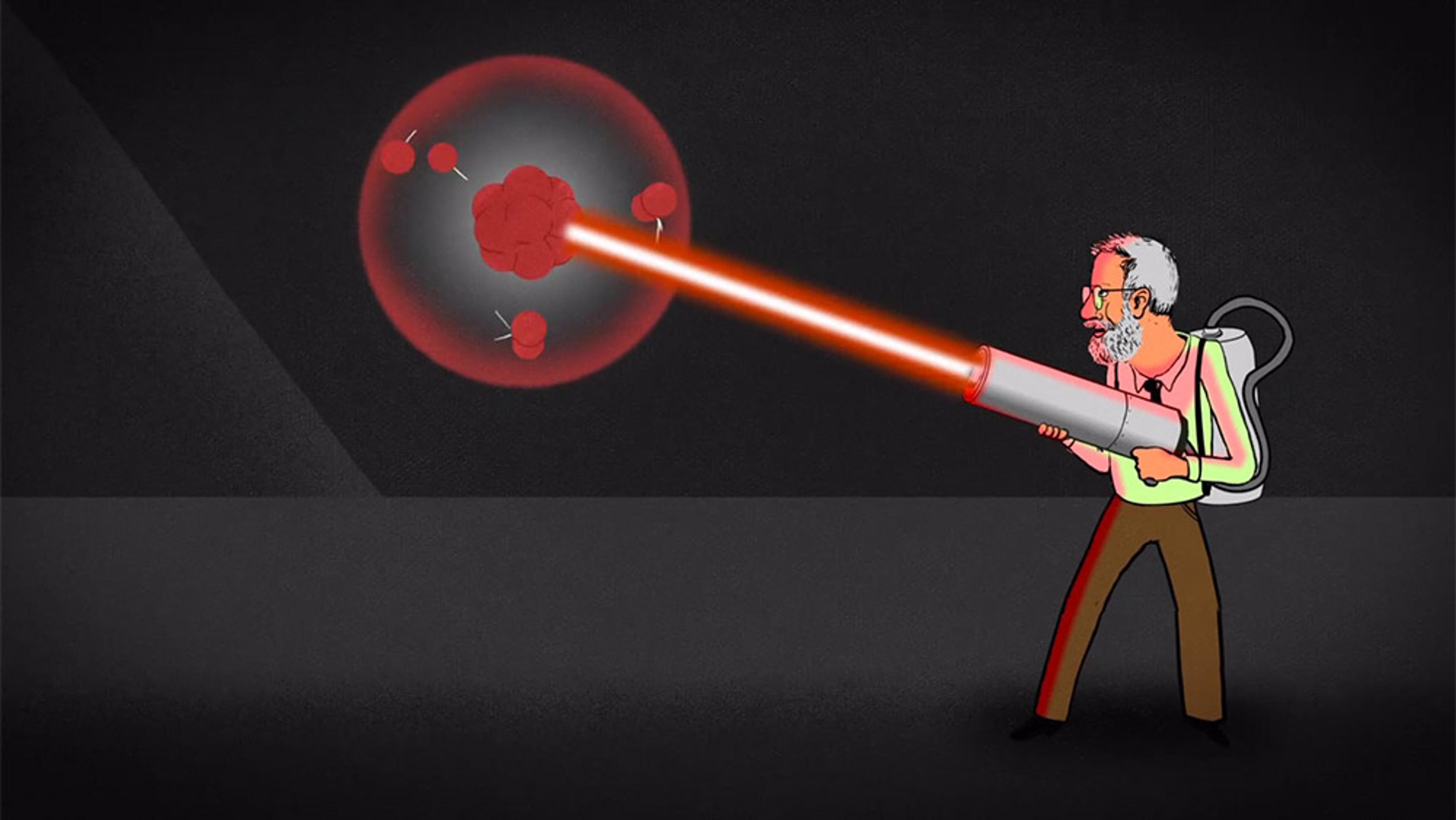A riveting ride through the history of astrophysics, this video details how humans have climbed ‘the cosmic distance ladder’ to calculate sizes and distances in the cosmos. The first in a two-part series, this instalment begins with how the ancient Greek polymath Eratosthenes calculated Earth’s circumference way back in the 3rd century BCE, and builds to the ingenious way the 17th-century German astronomer Johannes Kepler determined that Earth moved around the Sun in an elliptical orbit. Presented by Terence Tao, a Fields medalist and professor of mathematics at the University of California, Los Angeles, and the video essayist Grant Sanderson (aka 3Blue1Brown), the piece provides an awe-inspiring look at the ways in which scientific knowledge builds upon itself gradually – albeit sometimes with a swift boost from an extraordinary thinker.
Ideas ‘of pure genius’ – how astronomers have measured the Universe across history
Video by 3Blue1Brown
30 April 2025

videoHistory of science
How we came to know the size of the Universe – and what mysteries remain
26 minutes

videoHistory of science
How an ancient polymath first calculated Earth’s size, as told by Carl Sagan
7 minutes

videoAstronomy
Take a 10 billion-year journey with a photon, from a distant supernova to Earth
3 minutes

videoCosmology
Building ‘bigger and better’ has pushed cosmology forward. Can it take it any further?
7 minutes

videoPhysics
There’s a striking link between quantum and astronomic scales. What could it mean?
5 minutes

videoAstronomy
The remarkable innovations inspired by our need to know the night sky
5 minutes


